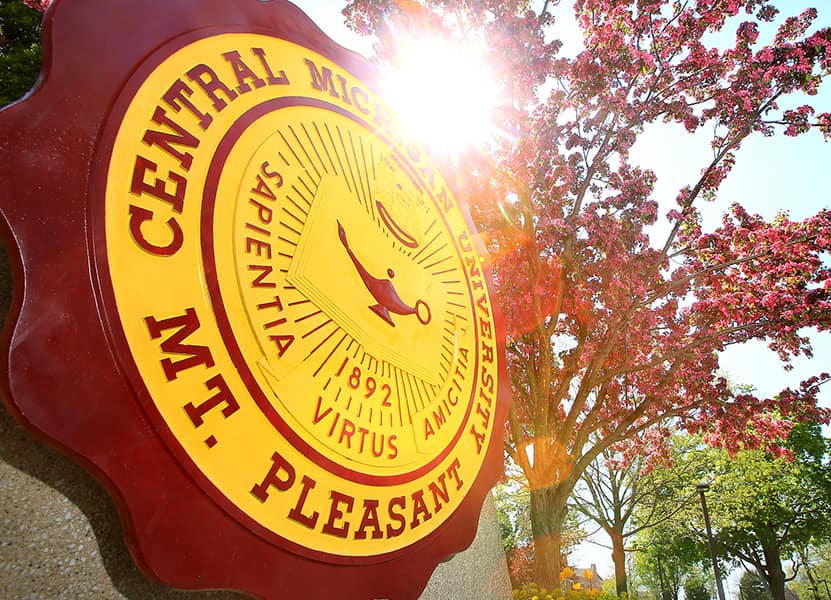The collection (mostly copies) consists mostly of Professor Robin Hough’s Subject Files, notes, study guides and tests (blanks) on Africans and related topics, African Americans and related topics, and Native Americans and related topics.
The collection (mostly copies) consists mostly of Professor Robin Hough’s Subject Files, notes, study guides and tests (blanks) on Africans and related topics, African Americans and related topics, and Native Americans and related topics. There is a small amount of material on the Caribbean and “colored people” of Canada. The main focus of these topics is music from Africa, how it evolved through slave culture into the modern period and its social, political, and religious impact. A small amount of material at the front of the box includes Hough Materials: papers, correspondence, conference materials, tests, quizzes, study guides and examples Robin used in his various classes, mostly Religion 342/501. There are also a few issues of some publications which are not duplicated in the CMU libraries’ collections, including newsletters, catalogs, and journals. Most of the copies were made between 1983 and 2006, with a few preservation copies made by the archivist in 2014. The collection is organized by series and size.
Of particular note are manuscripts (copies) documenting the American Freedmen’s Inquiry Commission which investigated the condition of slaves and freedmen, and ideas about what to do with them (send them north, to Alabama, or to Honduras) during the American Civil War. There is a small amount of material documenting similar investigations and reports from the Provincial Association for the Elevation and Education for Colored Persons and the Anti-Slavery Society of Canada. These provide a lot of detailed information by white men who interacted with the freed men and women. The reports are strongly affected by what they witnessed and cultural perceptions. There is also a mostly statistical report on the Colored Convicts in Canada, 1863.
Processing Note: Approximately ten cubic feet of the original donation was returned to Professor Hough’s friends, as per their request. This material including various formats on peripheral and general topics, such as general religion or folklore topics, miscellaneous or unidentifiable materials and notes, personal copies of recorded televised shows, resumes, job descriptions, generic correspondence, and related materials of other people, students’ papers, quizzes and exams, duplicates, professionally made and purchased slides, and personal recordings of speakers without documentation of their permission to be recorded. Class lists of students with their social security numbers were immediately shredded by the archivist. Really bad copies of microfilmed newspapers, manuscripts, and acidic notes were photocopied in 2014 by the archivist, and the originals were then withdrawn from the collection. The collection was stored in the department’s storage area following Prof. Hough’s demise in 2006, until it was donated to the Clarke in 2014. Six academic publications were cataloged and added to the collections of the Clarke.
